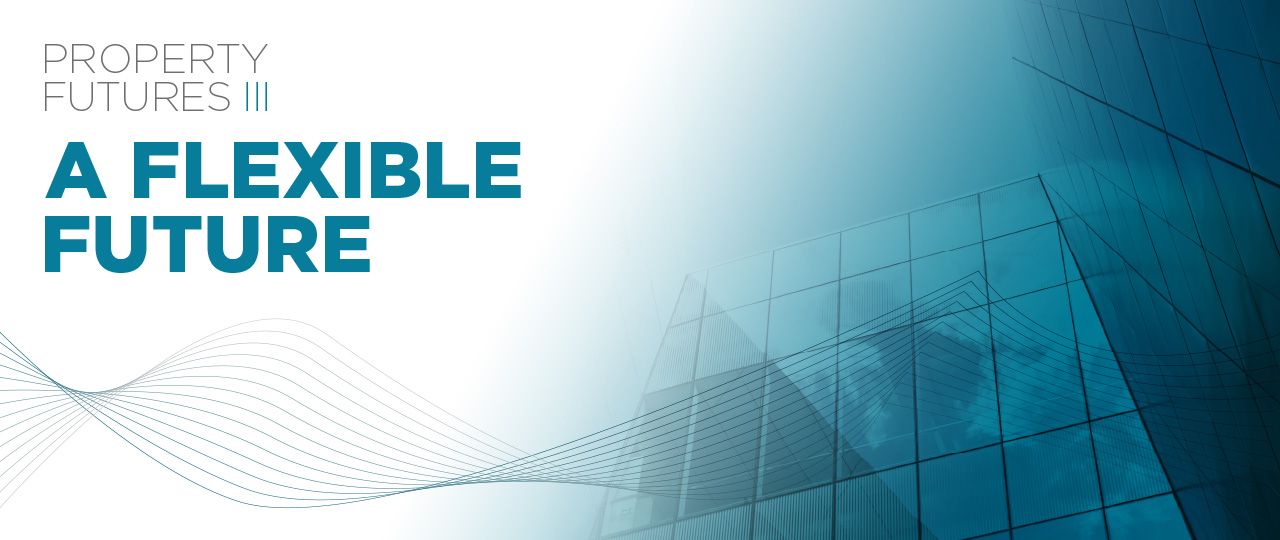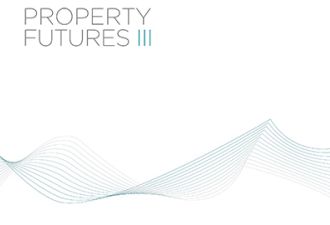
The drive for space flexibility from occupiers and the resulting shortening of commercial lease lengths threatens the current real estate investment models, according to research undertaken by Strutt & Parker.

Throughout the last cycle it cites that longer-let property has outperformed shorter-let property with the key driver of the performance differential identified as capital growth. For example, data from MSCI shows that in the Central London offices segment, shorter-let assets delivered a cumulative 9-year return of 91% compared to 113% on the longer-let properties.
Strutt & Parker has suggested that there are ways for investors to mitigate this and that in the future there will be opportunities for them to align tenants’ desire for flexibility with strong investment outcomes.
Thomas Grounds, research partner at Strutt & Parker, said: “The technology which has made tenants so footloose could now prove to be investors’ saviour and enable them to ‘square the circle’ of accommodating occupier needs and ensuring consistent income streams.”
Strutt & Parker highlights that MSCI’s data on investment performance by lease length remaining reveals that: much of the outperformance on property with long leases stems from yield movements (capital repricing) as opposed to underlying rents and that in the Central London office market, where the demand for flexibility has been rising strongly - on the back of both a thriving start-up scene and large companies’ increasing desire for operational flexibility - rental values have grown faster on short-let properties.
Strutt & Parker’s report, Property Futures III – A Flexible Future, the third publication in its Property Futures series, suggests that investors face a significant conundrum: the need to grant occupiers’ wish for flexibility whilst operating within an investment model that performs better when tenants are put in a contractual straightjacket. It posits that embracing technological innovations alongside intensive placemaking and increased customer management hold the key to ensuring property remains a strong cash-producing investment in the future. Strutt & Parker identifies of approaches that could facilitate this:
- Increased use of technology-led leasing platforms, with more use of license agreements, as opposed to leases will help to streamline the tenant finding process. Whilst traditional leases are not dead this will offer occupiers a wider range of terms and contractual options when leasing space. Blockchain technology will have a vital role to play in decreasing costs in agreeing leasing deals and cutting down on the administrative and organisational burdens involved in getting tenants into buildings and paying rent.
- Although the ever-widening eco-system of flexible office providers - incorporating serviced offices, coworking, accelerator spaces and others - is set to develop further, landlords are also set to increasingly develop their own management models to service the rising demand for flexible leasing.
- The use of Smart Buildings will be key to a better employee experience in the office, and fundamental to competing for tomorrow’s occupiers.
- The use of Big Data will be essential for providing investors with real-time insights into how their building, location and tenants are performing, which in turn will enable far more analysis of the likely future patterns of occupier behaviour.
- New lease models will need to be developed that accommodate occupiers’ demands for both occupational certainty on a certain amount of space and the possibility of flexing in and out of additional space as they require it.
Tom Grounds concluded: “Investors will face a challenging future in reconciling occupier demands with the need to deliver good investment returns. However, it is far from an impossible challenge. The advantages of technology are not just there to help landlords’ customers; they will also help investors confront and overcome the challenges of the future.”
